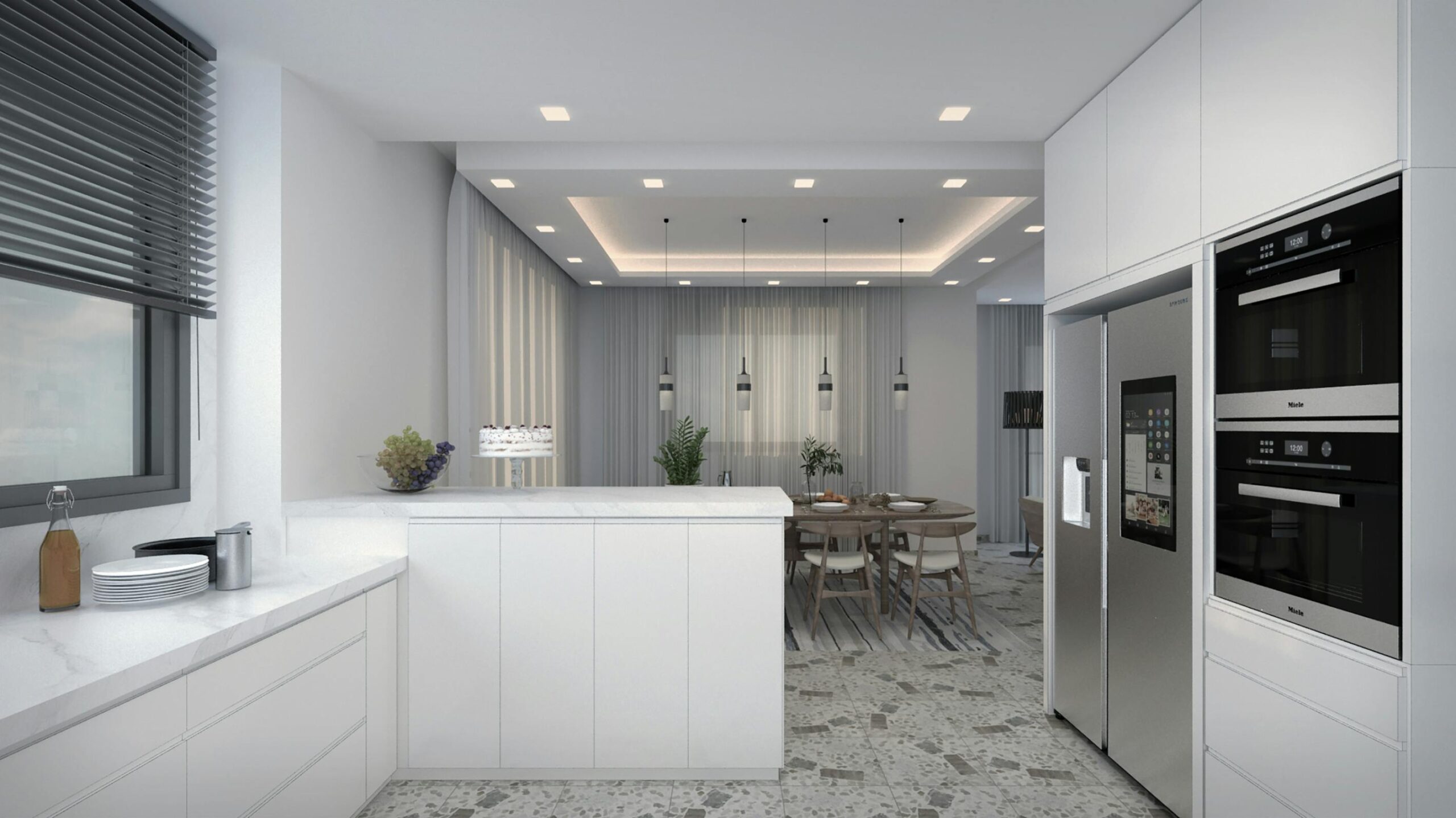Minimalist vs. Maximalist Design: Which Style is Right for You?
Your home should feel like you, and the way you design it says a lot about your personality and lifestyle. Some people love clean, open spaces with just the essentials, while others thrive in bold, vibrant rooms filled with color and character. That’s the difference between minimalism and maximalism, two styles that couldn’t be more different, yet both create beautiful, functional spaces.
If you love simplicity or enjoy making a statement, understanding the core elements of each style can help you design a home that truly reflects you.
Understanding Minimalism
Minimalism is rooted in the philosophy of “less is more.” It emphasises simplicity, functionality, and an uncluttered space.
Inspired by Japanese design principles and modernist architecture, minimalism seeks to remove excess and focus only on essential elements. This approach has gained popularity worldwide, from Scandinavian homes emphasising natural light and simplicity to urban apartments in major cities.
The color palette typically consists of neutral shades such as white, gray, beige, and soft earth tones. Furniture and decor often feature sleek, geometric shapes with little ornamentation. Spaces are intentionally decluttered, ensuring that every item has a purpose. High-quality, functional pieces take precedence over excessive furnishings, while large windows, mirrors, and open layouts enhance the feeling of spaciousness.
Minimalist interiors can include elements such as:
- Multi-functional furniture: Pieces such as storage beds, modular sofas, and extendable tables maximize space while maintaining a sleek aesthetic. These are popular in cities like Tokyo, where compact living demands efficiency, and in Scandinavian countries, where practical design is highly valued.
- Lighting solutions: Minimalist spaces emphasize natural light, complemented by simple, refined fixtures. In places like Italy and France, pendant lights and recessed lighting enhance elegance while keeping the design understated.
- Smart storage: Built-in cabinets, hidden compartments, and sleek shelving units help maintain an uncluttered look. In urban centers like New York and Hong Kong, where space is limited, these solutions are essential for creating open, airy interiors.
- Subtle decorative touches: Neutral-toned rugs, sculptural vases, and a single statement artwork add character without overwhelming the space. In Nordic countries, hygge-inspired elements bring warmth, while Japanese interiors often incorporate natural materials to maintain harmony.
- Minimalist window treatments: Sheer curtains, roller blinds, and panel track systems allow light to filter in while preserving privacy. In Australia, many homeowners opt for the best sheer elegance blinds newcastle has to offer due to its functionality and aesthetic appeal. Similar options can be found worldwide, from Venetian blinds in Italy to the traditional shoji screens in Japan, each adapting to local architectural styles.
Many of these elements can be sourced globally. Scandinavian brands like IKEA offer minimalist furniture at an affordable price, while high-end European and Japanese design studios provide premium minimalist pieces. Online retailers make it easy to find minimalist decor, lighting, and storage solutions, ensuring the style is accessible regardless of location.
A minimalist design creates a calm and peaceful atmosphere, encouraging organisation and efficiency. It is easier to clean and maintain, making small spaces appear larger and more open. Additionally, it reduces visual clutter, which can contribute to mental clarity.
However, minimalism can sometimes feel cold or impersonal if not balanced with textures and warmth. Soft fabrics, wood accents, and indoor plants can help add a sense of comfort without compromising the minimalist aesthetic.
Understanding Maximalism
Maximalism is the opposite of minimalism, embracing boldness, layers, and an eclectic mix of patterns, textures, and colors. Rather than focusing on simplicity, maximalist design thrives on individuality and personal expression. Homeowners can display their personality through decor, art, and collections.
Vibrant color schemes, deep hues, jewel tones, and bold contrasts define the style. Layering different textures and patterns, such as floral, geometric, and abstract prints, adds depth and visual interest to the space. Eclectic decor elements, including books, plants, artwork, and unique collectibles, contribute to the character of the design. Statement pieces such as oversized artwork, sculptural furniture, and ornate lighting fixtures are often used to create focal points.
While maximalist spaces may appear full and abundant, the decor is thoughtfully arranged to achieve a curated yet expressive look. The style seamlessly blends old and new elements, harmonising vintage, antique, and contemporary pieces.
Maximalism encourages creativity and self-expression, creating a highly personalised and visually dynamic space. It fosters a warm and inviting environment, using sentimental items rather than discarding them.
The style works particularly well in large spaces where multiple elements can coexist without feeling overcrowded. This design approach celebrates abundance, but curating items intentionally rather than simply accumulating possessions is important. Maximalist interiors can feel overwhelming if not carefully curated.
Due to the abundance of decor, more effort is required in cleaning and organisation. Additionally, the cost of designing a maximalist space may be higher, as it involves acquiring more art, furniture, and accessories.
In smaller spaces, maximalism must be balanced carefully to avoid appearing cluttered. Thoughtful placement of statement pieces and layering without excess can ensure that a maximalist space feels vibrant without becoming chaotic.
How to Choose Between Minimalism and Maximalism
Your lifestyle is crucial in determining which design style suits you best. If you prefer a clutter-free, organised space that requires minimal maintenance, minimalism may be the ideal choice. On the other hand, if you enjoy being surrounded by collections, artwork, and vibrant energy, maximalism could be a better fit.
The size of your space also influences the decision. Small apartments or compact homes benefit from minimalist principles to prevent a cramp feel, whereas large homes or lofts provide ample room for maximalist designs without overwhelming the space.
Personality is another factor to consider. Those who appreciate simplicity, tranquility, and efficiency may find minimalism aligns with their mindset, while individuals who love expressing themselves through decor, art, and color may gravitate toward maximalism.
A balanced approach can create a harmonious space for those who appreciate elements of both styles. Using a neutral base with selective pops of color, incorporating statement pieces while maintaining uncluttered surroundings, and blending clean lines with bold textures are ways to merge the two aesthetics successfully.
Additionally, some individuals may prefer a seasonal approach, adopting a minimalist aesthetic during one time of the year and a more maximalist style when they seek warmth and vibrancy.
Final Thoughts
Both minimalist and maximalist design styles offer unique advantages, and neither is objectively superior. Minimalism provides a serene, organised environment, while maximalism fosters a lively, expressive atmosphere. The key is choosing a style that complements your lifestyle, personality, and space.





